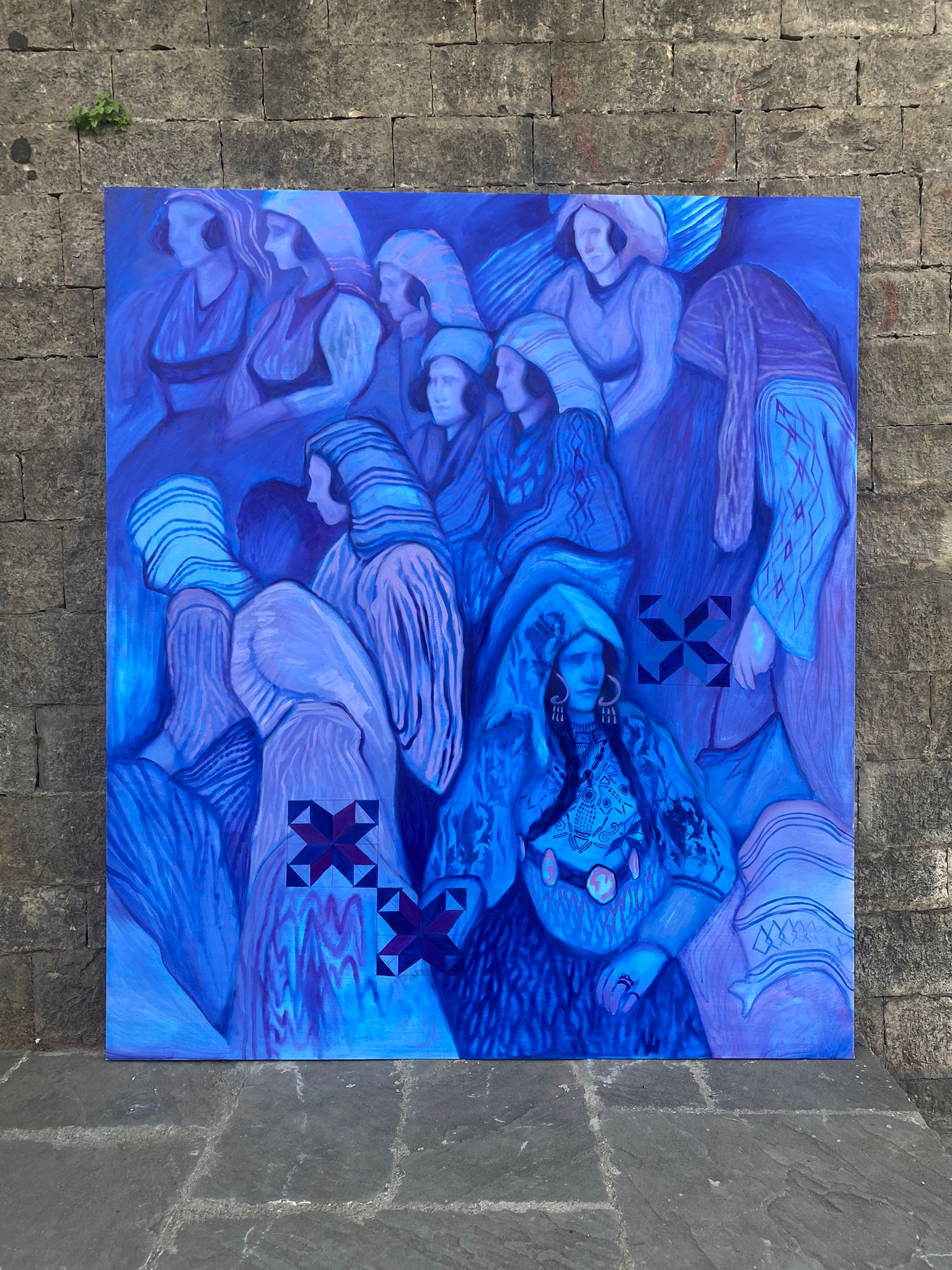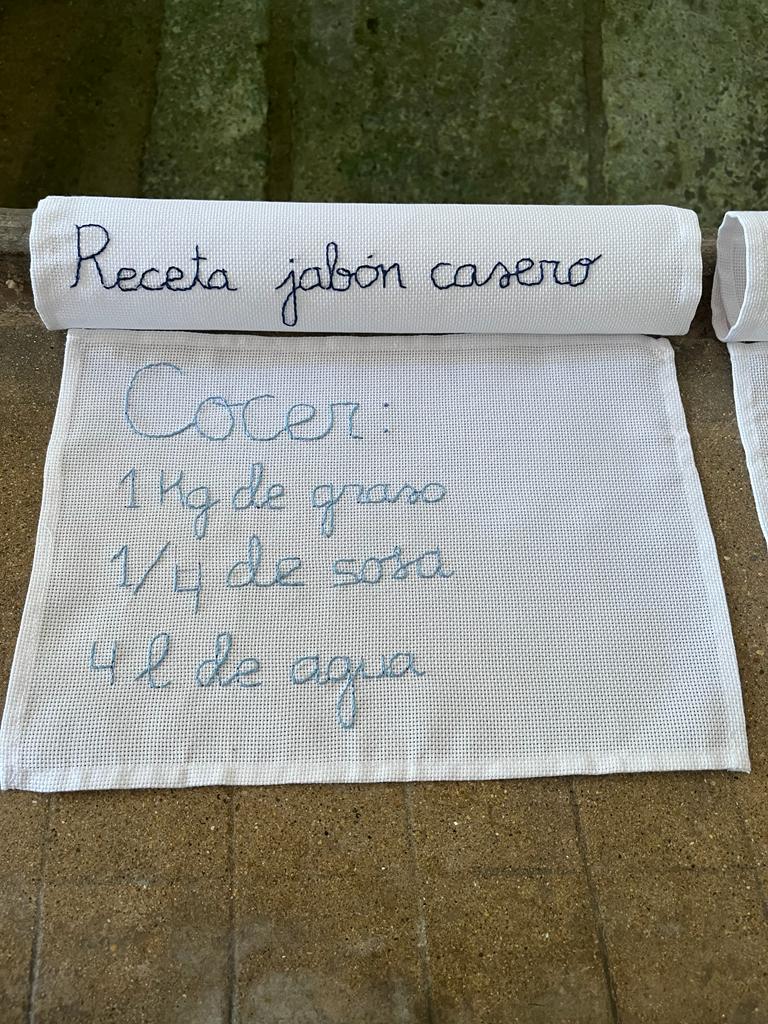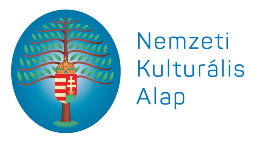ARTECH Travelling Exhibition Artworks (III)
Before the ARTECH Travelling Exhibition’s first stop in Madrid, let us present some of the highlights:
JU SAN RROM OSE GADJO?
(oil on canvas, 2022, residency in Albania)
Artist: Doru Nicolae Cristofor
Despite constant exposure to many collective influences and pressures, the Romani community are the ones who managed to retain a distinct identity, in spite of being some of the most disadvantaged and marginalised people in the world, notwithstanding having existed all over the globe. The assiduous conversation about their existence, especially in terms of current domestic social progress but also imposed orders, Gypsies are rarely seen as having their own space in a country, whether culturally, economically, socially or geographically. The categorisation of this community as part of a ‘past without history’ stems from their exclusion from works of history, the most recent studies on the subject being also the most extensive in terms of information.
Wishing to create a reiteration of his own Romani experience and an allegory of the specific symbolism of the community, the artist presents the pragmatic character of Roma people, by associating symbols with real experiences in different contexts, both personal and historical. For the project, the artist used as main point of reference professor Vilson Kilica’s work, whose art follows the socialist realism era. The work depicts a group of women, of different ages, which are grouped together dressed according to a northern Albanian tradition.

LIFE IN LAUNDROMAT
(textile, thread, 2022, residency in Spain)
Artist: Dora Buñuel
This artist focuses on the value of washers as a mostly female space and labour, in addition to their production processes, labour and the feelings and emotions shared by women throughout their recent history.
Buñuel wrote different phrases and anecdotes related to the washrooms and conversations that women had had there. She used the embroidery and the sewing of different coloured threads on the fabric. Furthermore, she collected the testimonies of two ladies from Tronchón who used to go to the local laundry and painted their hands as a women’s proof and their work, with a gender focus.



